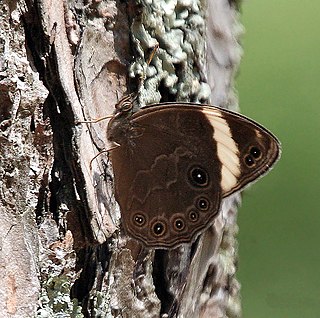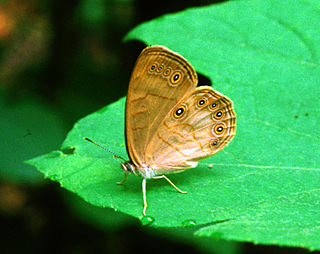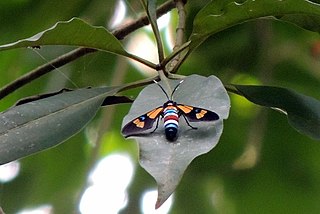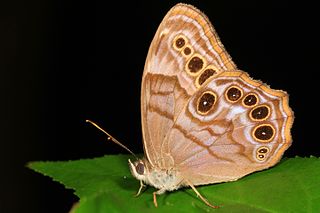In Greek mythology, Lethe, also referred to as Lesmosyne, was one of the rivers of the underworld of Hades. Also known as the Amelēs potamos, the Lethe flowed around the cave of Hypnos and through the Underworld where all those who drank from it experienced complete forgetfulness. Lethe was also the name of the Greek spirit of forgetfulness and oblivion, with whom the river was often identified.

Xinzo de Limia is a town and municipality in the province of Ourense, in the autonomous community of Galicia, Spain. It belongs to the comarca of A Limia. It lies on the important Autovia das Rias Baixas in the fertile valley of Antela, approximately 33 km from Verín and 43 km from Ourense. The Límia river passes through the town on its way south towards the Portuguese border.

François-Bernard Mâche is a French composer of contemporary music.

The Juggernauts is a Big Finish Productions audio drama based on the long-running British science fiction television series Doctor Who.

Lethe is a genus of butterflies in the subfamily Satyrinae of the family Nymphalidae. The genus was erected by Jacob Hübner in 1819. It includes the treebrowns, woodbrowns, foresters and their relatives. The species in the genus Lethe occur in temperate-tropical southern and eastern Asia, up to Indonesia and in North America.

The Satyrini is one of the tribes of the subfamily Satyrinae. It includes about 2200 species and is therefore the largest tribe in the subfamily which comprises 2500 species.
Eunoe is a feature of Dante's Divine Comedy created by Dante as the fifth river of the dead. In the Purgatorio, the second cantica of Dante's poem, penitents reaching the Garden of Eden at the top of Mount Purgatory are first washed in the waters of the river Lethe in order to forget the memories of their mortal sins. They then pass through Eunoe to have the memories of their good deeds in life strengthened.

Couto Misto was an independent microstate on the border between Spain and Portugal. It comprised the villages of Santiago de Rubiás, Rubiás, and Meaus, all in the Salas Valley, Ourense, Galicia. The territory of the Couto Misto also included a small uninhabited strip now part of the Portuguese municipality of Montalegre.
La morte d'Orfeo is an opera in five acts by the Italian composer Stefano Landi. Dedicated to Alessandro Mattei, familiaris of Pope Paul V, it may have been first performed in Rome in 1619. The work is styled a tragicomedia pastorale. The libretto, which may be by the composer himself, is in part inspired by La favola d'Orfeo (1484) by Angelo Poliziano. Unlike Monteverdi's L'Orfeo and the earliest Florentine operas on the subject, Landi's opera contains comic elements and deals with a different episode from the life of the mythical singer.
In Greek mythology, Algea is used by Hesiod in the plural as the personification of pain, both physical and mental. They were the bringers of weeping and tears.

Lethe Vallis is a valley in the Elysium Planitia on Mars, located at 4° North and 206.5° West. It is 225 km long and is named after river Lethe in Katmai National Monument, Alaska, USA. Lethe Vallis originates at the SE margin of the West Elysium Basin. West Elysium Basin probably contained a lake that was 500 km across and received water from Athabasca Vallis. It was probably formed in just days or weeks and had a discharge about like the Mississippi. Some have suggested it was formed from lava flows, but lava would not be able to flow over such a low gradient for so long a distance.
The river Lethe from the Greek mythology has appeared many times in various works of culture since the times of ancient Greece.

Satyrodes appalachia, the Appalachian brown or woods eyed brown is a species of Satyrinae butterfly that is native to North America.
Lethe Press is an American book publishing company based in Western Massachusetts. Launched in 2001 by Steve Berman, a writer and a former employee of Giovanni's Room Bookstore in Philadelphia, Pennsylvania, the company was originally launched to publish speculative fiction, primarily LGBT-themed, as well as rereleasing out of print titles from other LGBT publishers. In recent years, with numerous LGBT-oriented publishing companies folding, the company has also expanded its line to include new LGBT-themed non-fiction, poetry, and anthology titles.

Euchromia lethe is a moth of the subfamily Arctiinae. It was described by Johan Christian Fabricius in 1775. It is found in Angola, Cameroon, the Republic of the Congo, the Democratic Republic of the Congo, Equatorial Guinea, Guinea-Bissau, Madagascar, Niger, Nigeria, Senegal, Sierra Leone, South Africa, São Tomé and Principe, the Gambia and Uganda.

Lethe anthedon, the northern pearly-eye, is a species of butterfly of the subfamily Satyrinae in the family Nymphalidae. It is found in North America, from central Saskatchewan and eastern Nebraska east to Nova Scotia, south to central Alabama and Mississippi.
Lethe violaceopicta, the Manipur woodbrown, is a species of Satyrinae butterfly found in the Indomalayan realm.

Teatro Lethes, or Teatro Letes, is a theatre, with adjacent buildings, located in the city of Faro in the Algarve region of Portugal. The building dates back to 1605, having first been a Jesuit college. It was inaugurated as a theatre in 1845.











